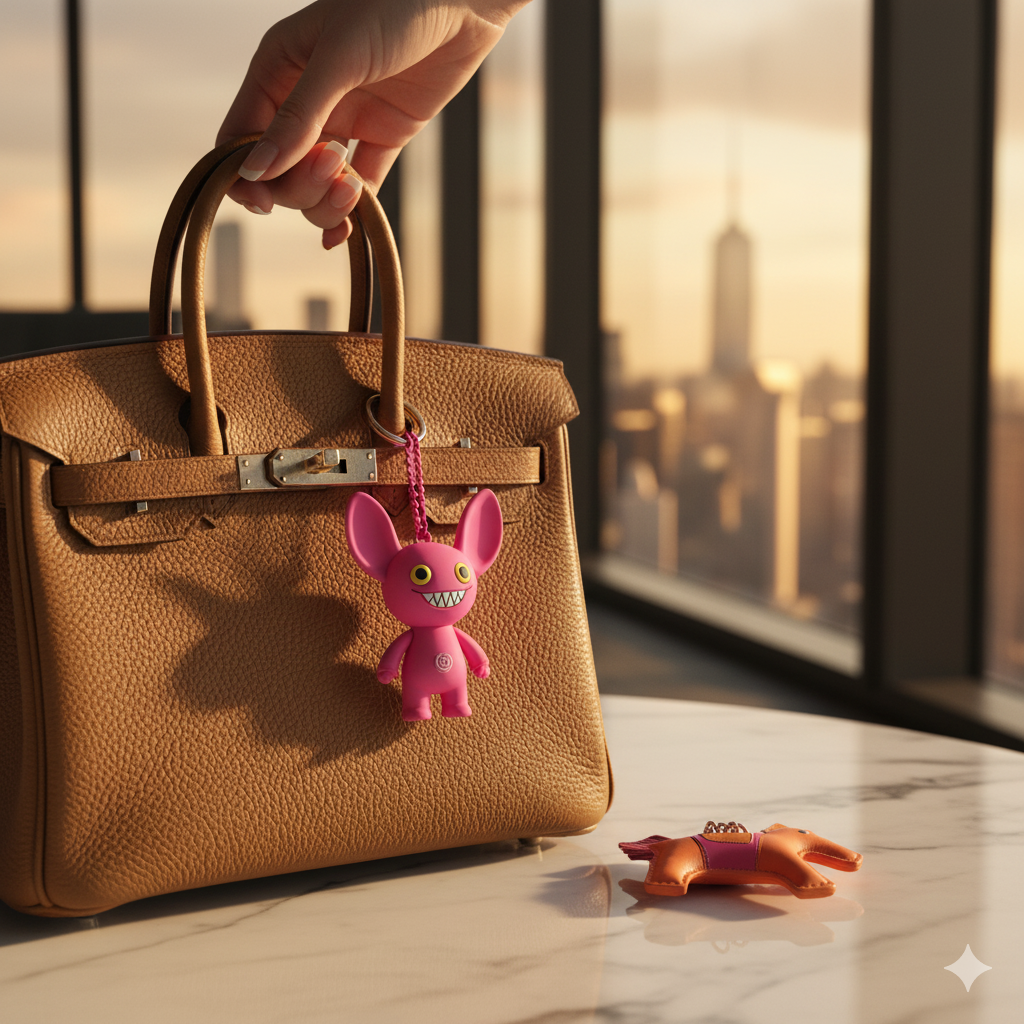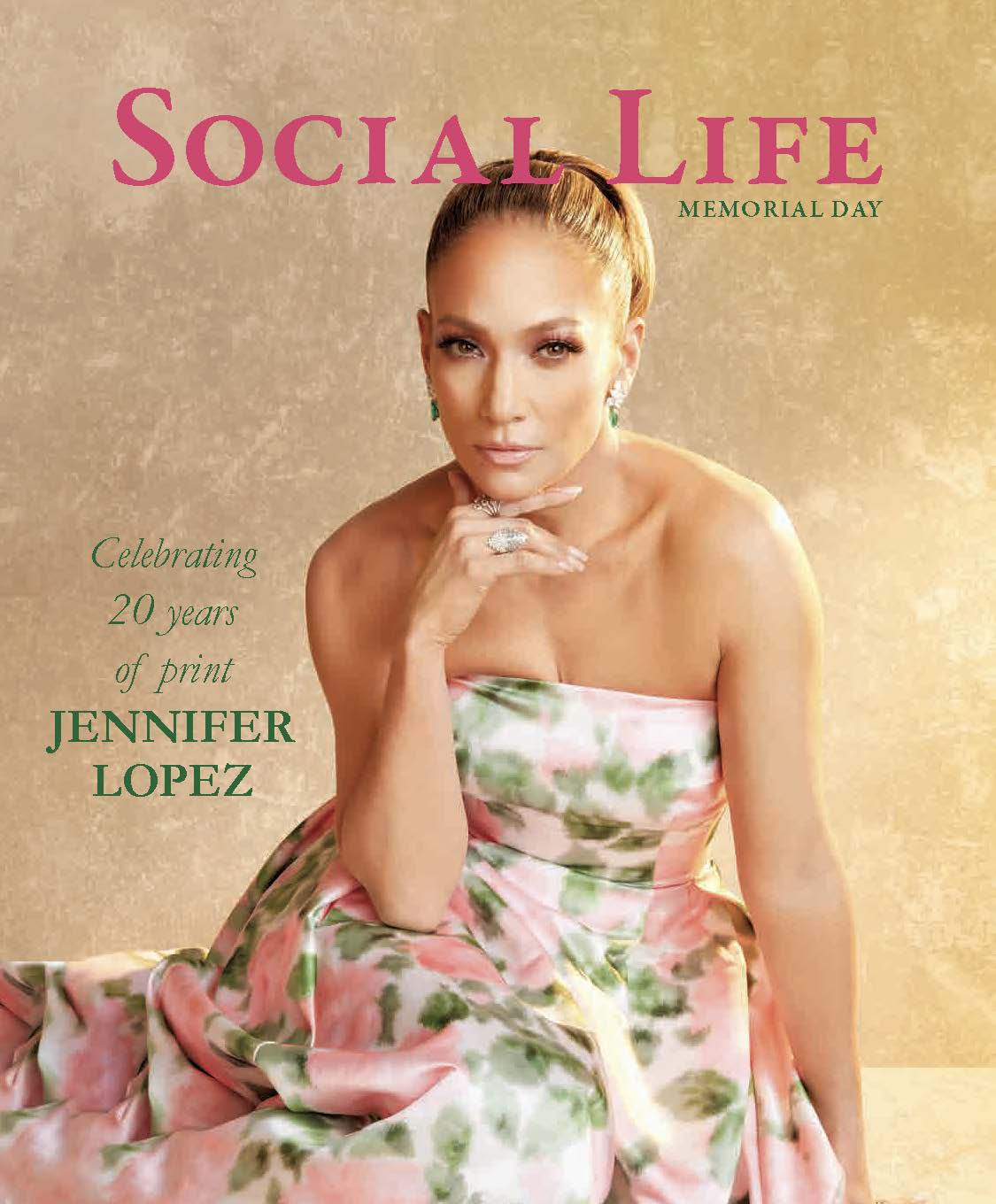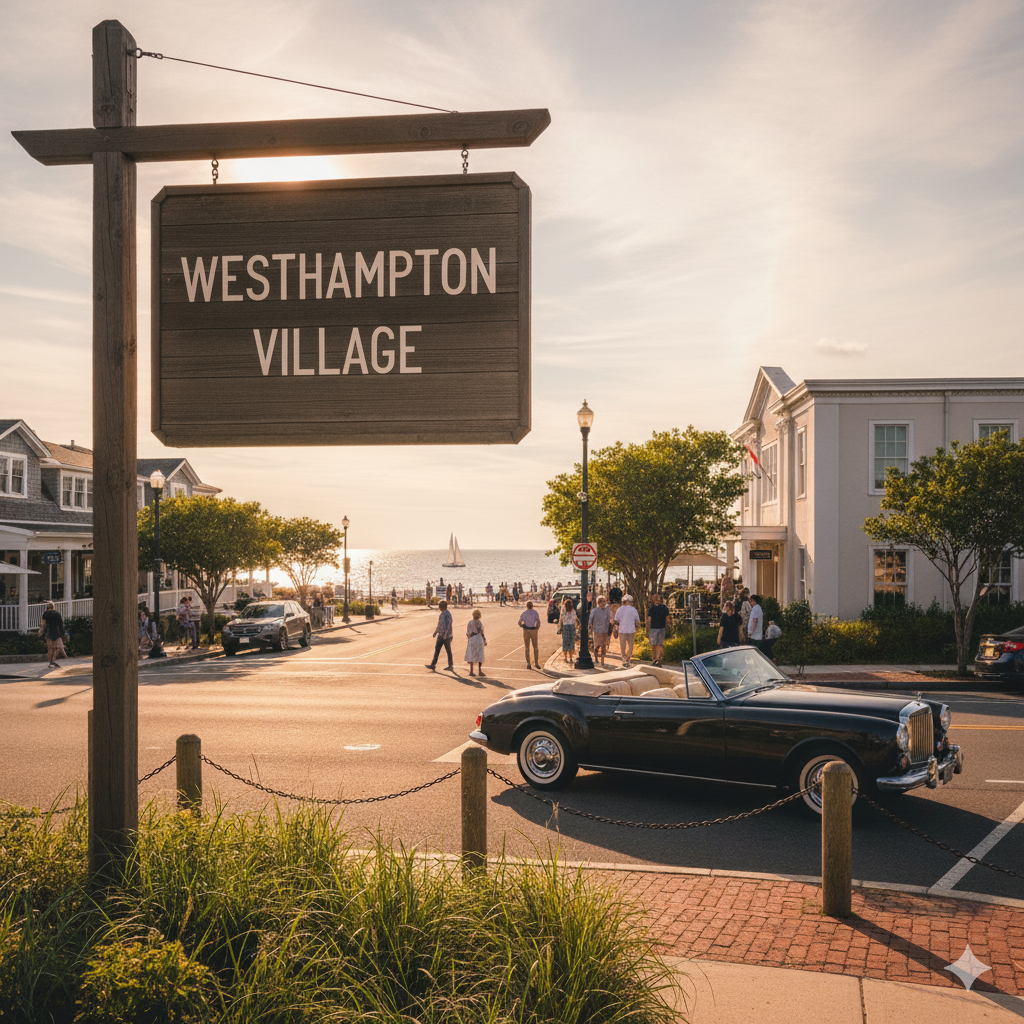1. The Status Machine Behind Popmart
Popmart created a culturally-charged product loop. By combining original characters, surprise packaging and global rollout, the brand pulled off what many luxury houses only whisper about: turning mass-access shopping into status acquisition. According to a 2025 analysis, the designer toy market in China alone is expected to reach more than US $15 billion by 2026. Popmart website
For luxury brands, the takeaway is clear: status isn’t just about high price — it’s about cultural currency and a story the consumer wants to live. The question you should ask: Are we selling things, or projecting identity?
2. Blind Boxes, Surprise and the Psychology of Collecting
One of Popmart’s greatest innovations was its “blind box” format: you buy without knowing what you’re getting. That element of chance triggers more than purchase — it triggers behaviour. One research piece states that this model captures “gambling and rewards behaviour” in consumers.
Luxury brands should note: making the obvious offer reduces desire; masking full visibility increases it. The luxury equivalent isn’t always “buy now” but perhaps “you may get in.” Some product launches should feel less open-door and more invitation-only.
3. IP-First Strategy: Characters, Narrative and Ownership
Where many luxury brands buy celebrity faces, Popmart built characters. Its IP strategy created franchises like Labubu, Molly and Skullpanda that consumers collect, talk about and display. One IP-analysis sums it up: “combined creativity with strategic IP management.”
For luxury companies the lesson is to treat each product like a protagonist in a larger story. When your buyer feels aligned with the character, they consume more than a bag or a watch—they buy belonging.
4. Retail & Community: The Experience Elevated
Popmart didn’t hide in e-commerce only. Their physical stores and “roboshops” (vending-machines) offer exploration and spectacle. From Tokyo to London to Shanghai, stores are destinations. A report noted “turning toys into lifestyle products” with both online hype and real-world presence.
Luxury brands should ask: does our retail presence incite discovery, or just transaction? The rise of “community as status” means you don’t just shop — you show up, participate, belong.
5. Rare, Cheapish & Desirable: The New Scarcity
Interestingly, the majority of Popmart’s “blind boxes” are priced accessibly (e.g., RMB 59 in China) yet their perceived value is high because of scarcity and the thrill-loop.
Luxury brands can apply this by creating tiers: a low-entry point that builds engagement, paired with limited-edition releases that lock in exclusivity. Desire is forged by tension between availability and privileged access.
6. Global Scalability vs. Premium Perception
Popmart’s overseas businesses are growing fast: in 2024 non-China revenue rose 375 % to about ¥5 billion (≈ US$700 million), or ~40 % of total revenue. That global appeal didn’t collapse its premium feel — they managed to preserve desire while scaling.
Luxury brands often fear that expansion dilutes prestige. But Pop Mart shows you can scale if you maintain the mechanism of desire: surprise, storytelling, scarcity. Your job is to protect the premium signal while opening new doors.
7. What Luxury Brands Should Do Tomorrow
Three tactical plays you can activate now:
- Develop a limited-edition narrative product line (e.g., a character or collection) that builds a mini-community of owners.
- Design the rollout so some elements are obscured (mystery drops, invite-only editions), increasing anticipation.
- Use omnichannel storytelling: physical environment, social media unboxing, collector-forums — build a loop that demands participation, not just purchase.
For deeper tactical insight see our prior piece “Exclusive Brand Activation: Building Lasting Desire”.
8. The Risk: Desire Decays with Oversupply
Even Popmart faces risk. One analysis noted that as the blind-box economy expands, issues like over-exposure, counterfeit products and fatigue catch up. The same applies to luxury brands: status can degrade when supply is unconstrained or narrative becomes generic.
Epilogue
The story of Popmart is more than a toy business tale — it is a blueprint for how desire is created, packaged and sold. Luxury brands looking for fresh status-fuel must stop thinking just in price and instead think in psychology: surprise, character, scarcity, community, narrative. These are the atoms of desire. https://play.google.com/
Ready to activate your next campaign, feature or brand activation? Let’s talk. For advertising or submitting articles visit www.sociallifemagazine.com/contact.
Related stories you’ll want to read:
– Birthday Party Ideas in the Hamptons – Insider/Outsider Polarity in Social Media Explained






